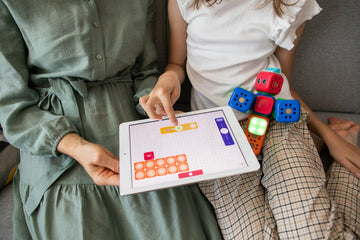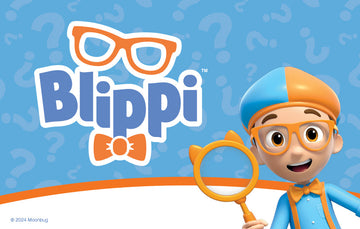Card games offer a wonderful way for families to bond and have fun together. They are not only entertaining but also help children develop important skills like strategy and counting. There are many card games that are simple enough for kids to understand and play on their own.
By choosing easy-to-learn games, parents and guardians can encourage kids to engage with each other without relying on screens. These games can help foster communication and create lasting memories.
1) Go Fish
Go Fish is a classic card game that is fun and easy for kids to learn. It works well for 2 to 6 players. The goal is to collect the most sets of four cards with the same number or face.
To start, players should use a standard deck of 52 cards. Each player gets five cards, while the remaining cards form a draw pile. Players take turns asking others for specific cards they need. For example, a player might ask, “Do you have any threes?”.
If the player being asked has the requested card, they must give it to the asker. If not, they say “Go Fish,” and the asker must draw a card from the pile. If a player collects four of a kind, they place those cards face-up in front of them.
The game continues until there are no cards left in the draw pile. Players count the sets of four they have collected. The player with the most sets wins the game.
Go Fish is great for younger kids because the rules are simple. It helps improve memory skills and encourages social interaction. This game can also be adapted with themed cards, such as animals or shapes, for added fun.
2) Old Maid
Old Maid is a classic card game that is fun and easy for kids to learn. The game uses a standard deck of cards. To start, one queen is removed from the deck, leaving an odd card out.
Players take turns drawing cards from each other’s hands. The goal is to make pairs with matching cards. When a player makes a pair, they place it face down.
If a player draws the Old Maid card, they keep it. The game continues until all pairs are made. The player left holding the Old Maid at the end of the game loses.
Old Maid is best for 2 to 6 players. It teaches kids about matching and strategy in a simple way. The game is engaging and creates lots of fun moments.
3) War
War is a classic card game that is easy for kids to learn. It is best for two players but can be adapted for more. The game uses a standard deck of playing cards.
To start, shuffle the deck and deal all the cards evenly to each player. They should keep their cards face down in a pile.
Players take turns flipping over the top card from their pile. The player with the highest card wins that round and collects both cards, placing them at the bottom of their pile.
If players flip over cards of equal value, a "war" occurs. Each player places three cards face down and then flips another card face up. The player with the higher face-up card wins all the cards on the table.
The game continues until one player collects all the cards or until they agree to stop playing. War is a game of luck, making it a fun and simple choice for kids. It can also help them practice counting and understanding numbers.
4) Crazy Eights
Crazy Eights is a simple and fun card game for kids. It can be played with 2 to 10 players using a standard 52-card deck.
To start, each player receives five cards. The rest of the deck is placed face down to form a draw pile. The top card is flipped over to start the discard pile.
Players take turns matching the top card in the discard pile by either suit or number. If a player cannot make a match, they must draw one card from the draw pile. If the drawn card can be played, the player can do so.
Eights are special cards. When a player plays an Eight, they can choose the suit that the next player must follow. The game continues until one player has no cards left.
Players can keep track of scores over multiple rounds. Points are given for the cards left in other players’ hands when someone goes out. Face cards are worth 10 points, number cards are worth their value, and Aces are worth 1 point.
Crazy Eights is easy to learn, making it a great choice for family game night. Kids can practice their matching and counting skills while having fun.
5) Snap
Snap is a fast and fun card game great for kids. It is easy to learn and can be played by at least two players.
To set up, players use a standard 52-card deck. The cards are shuffled and dealt evenly to each player. Players keep their cards face down in a pile.
The game starts with players taking turns to flip the top card from their pile face up. These cards are placed in the center to form a central pile.
When two cards in the center match in rank, players must quickly shout “Snap!” The first player to shout wins the pile of cards.
Players continue flipping cards and looking for matches until all cards are in one player’s hand. The player with all the cards wins the game.
Snap helps improve reflexes and observation skills. It can be played with more than two players by simply adding more players to the circle.
Using a special Snap deck is fun, but a regular deck works well too. For larger groups, players can use two decks to keep the game exciting.
6) Memory
Memory is a simple card game that helps improve concentration and memory skills. It is suitable for kids and can be played with a standard deck of cards or any set of matching cards.
To set up, players shuffle the cards and place them face down in rows. The goal is to find pairs of matching cards.
Each player takes turns flipping over two cards. If the cards match, the player keeps them and takes another turn. If they do not match, they are turned back over.
Players need to remember where the cards are located to find pairs later. The game continues until all pairs are found.
At the end, the player with the most pairs wins. Memory is fun and helps kids boost their memory skills while enjoying time with family or friends.





